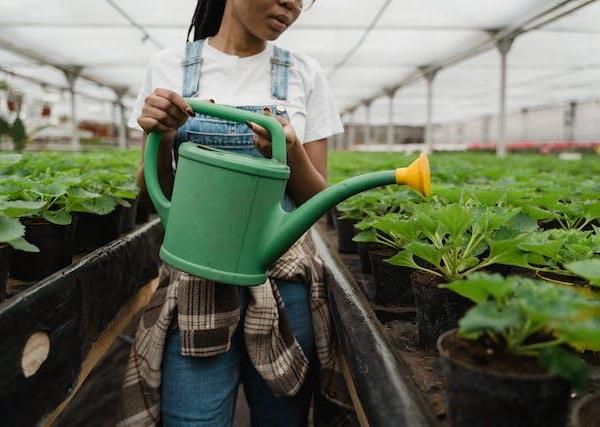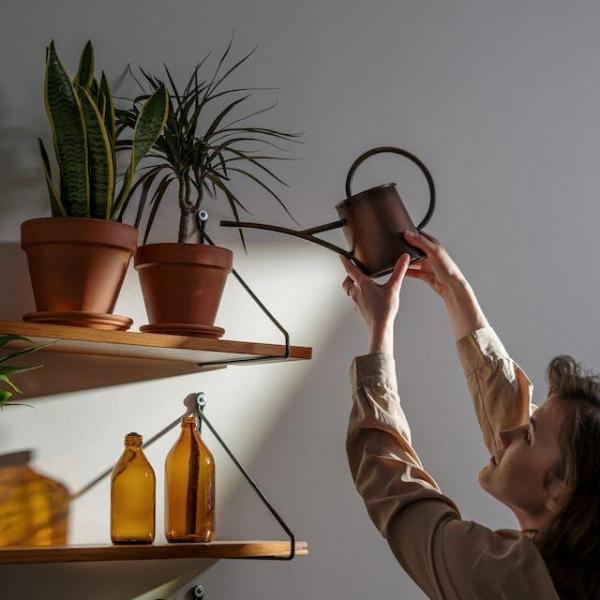Introduction
Water is a precious resource, and with increasing concerns about water scarcity, it is essential to practice water-wise gardening techniques. By adopting water-efficient methods in your garden, you can conserve water resources while still enjoying a beautiful and thriving landscape. In this guide, we will explore various techniques to help you incorporate water-wise gardening practices and reduce water consumption.
Choose Native and Drought-Tolerant Plants
Selecting native plants and those that are naturally adapted to your region's climate is key to water-wise gardening. These plants have evolved to withstand local conditions and require less water once established. Look for drought-tolerant varieties such as succulents, lavender, yarrow, or agave. Incorporate them into your garden to reduce the need for regular watering.Group Plants with Similar Water Needs
When planning your garden, group plants together based on their water requirements. This technique, known as hydrozoning, ensures that plants with similar watering needs are grouped together. By doing so, you can avoid overwatering or underwatering certain plants and provide the right amount of water to each group, optimizing water usage.
Improve Soil Quality and Mulch
Healthy soil acts as a sponge, retaining water and reducing the need for frequent watering. Improve soil quality by adding organic matter such as compost or well-rotted manure. This helps improve water retention and drainage. Additionally, apply a layer of mulch around plants to reduce evaporation, suppress weeds, and maintain soil moisture. Use organic mulches like wood chips, straw, or leaves.
Practice Proper Irrigation
Efficient irrigation techniques can greatly reduce water waste. Here are some tips for proper irrigation:- Water deeply and infrequently to encourage deep root growth. This helps plants become more resilient to drought conditions.
- Use drip irrigation systems or soaker hoses to deliver water directly to the plant roots, minimizing evaporation and water loss.
- Install a timer or use smart irrigation controllers that adjust watering schedules based on weather conditions and plant needs.
- Water in the early morning or late evening when evaporation rates are lower, reducing water loss.



